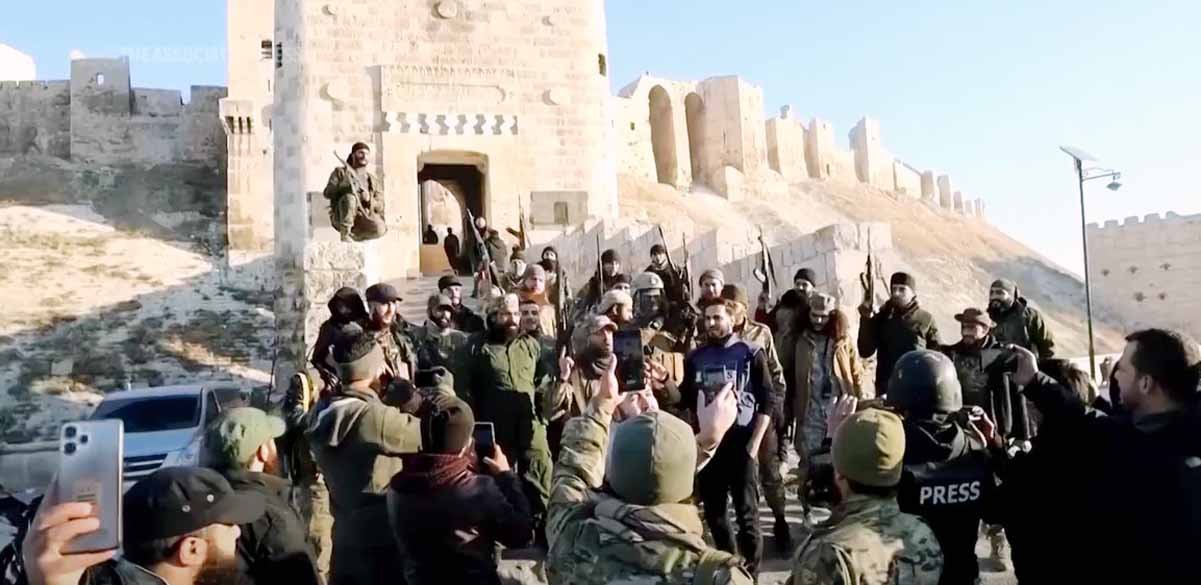Now in its 13th year, the Syrian civil war has reached a hazardous fresh phase. Recent rebel advances have undermined long-standing front lines, therefore sparking the conflict that has taken over 500,000 lives and displaced millions once more. Here is a closer view of the events together with their ramifications:
Rebel Gains outside of Aleppo
Strategically important center formerly a symbol of Assad’s reclaimed dominance, Aleppo was taken by insurgents under Hayat Tahrir al-Sham (HTS) in a devastating attack. Since 2016, when Russian airstrikes enabled Assad to retake Aleppo, this represents the first significant opposition advance on the city.
The rebels have also advanced on Homs, a vital route to Damascus, apparently seizing control of important cities and into Hama.
- HTS Leadership: HTS has emerged as a key resistance movement, boosted by Turkish-backed secular groups. Their fast achievements show the regime’s vulnerabilities despite years of external military support.
Government and Russian Countermeasures
Syrian and Russian forces replied with extensive bombings targeting rebel positions in Idlib and Aleppo, leading to widespread destruction and considerable civilian casualties.
- Russian Airstrikes: Reportedly killing 12 people and injuring 23, bombings close to the University Hospital in Aleppo heightened worries about a humanitarian crisis.
- Defensive Measures: Assad’s soldiers have strengthened fortifications around Hama and sent reinforcements to halt further rebel advances.
Regional and International Repercussions
The resumption of violence in Syria implies far-reaching implications:
- Geopolitical Tensions: The period overlaps with crises in Gaza and Lebanon, where Iranian-backed militias are active, further stressing Middle Eastern security.
- Western Reactions: The U.S., UK, France, and Germany have called for de-escalation, underlining the humanitarian toll and risks to global security.
- UN Warnings: Geir Pedersen, the UN’s special envoy for Syria, has highlighted that the fresh combat endangers civilians and threatens international peace efforts.
Human Cost and Humanitarian Crisis
Years of violence have destroyed Syria, with millions uprooted and infrastructure in ruins. The rebel offensive has worsened these challenges:
- Civilian Displacement: Families are fleeing freshly contested areas, increasing to the 6.8 million Syrians already living as refugees.
- Humanitarian Aid: Access to aid remains limited, with continuous airstrikes hitting hospitals and key facilities.
A citizen from Aleppo explained the current situation: “We have lived through so much, but this feels like the worst. There’s no safety, no future.”
Why This Matters
The rapid escalation exposes the fragility of Assad’s administration and highlights unsolved conflicts in Syria’s complex war. The involvement of external forces highlights the conflict’s geopolitical gravity, with potential ramifications for regional stability and world relations.
Sources
- The Independent
- Syrian Observatory for Human Rights
- Al Jazeera
- Reuters
- BBC

